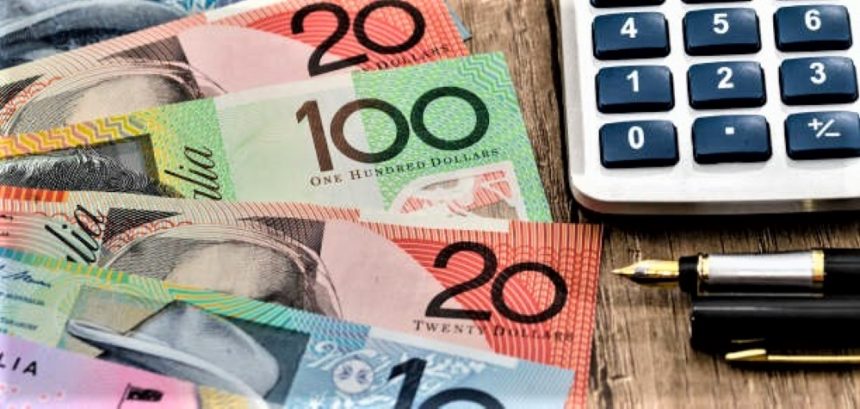The AUDUSD pair justifies positive Australian mood data. And applauds general US Dollar weakness as bulls push over the crucial upside resistance level of 0.6700 on Tuesday morning. In doing so, the Aussie pair also gains from the lower US jobs report and the negative US inflation predictions. While paying little attention to the recent hawkish Fed talks and the more relaxed inflation fears in China.
Westpac Consumer Confidence in Australia met optimistic expectations for July, while NAB numbers showed stronger results for June.
The Westpac Consumer Confidence Index for Australia rose 2.7% in July. vs 0.2% earlier. Confirming analysts’ estimates, while June’s monthly business sentiment data from the National Australia Bank (NAB) also show encouraging results. In spite of this, the NAB’s business conditions score increases to 9 from 8. And its business confidence score increases to 0.0% from -4.0 previously
The latest US inflation forecasts have raised concerns about deflation. Especially in light of the day be fore’s disappointing China Consumer Price Index (CPI). And Producer Price Index (PPI) data. However, Australian sentiment data continue to provide buyers reason for optimism.
Nevertheless, according to the Federal Reserve Bank of New York’s monthly Survey of Consumer Expectations, the one-year inflation outlook for US consumers fell to its lowest level since April 2021 in June, falling from 4.1% in May to 3.8%.
Looking ahead, traders of the AUDUSD pair should focus on the risk factors for intraday movements as the economic calendar remains largely empty before the important Wednesday.
Expectations for US inflation and a weak NFP cast doubt on hawkish Fed discussions.
The disappointing US inflation data come after Friday’s disappointment. from the salient employment figures to suffocate the US Dollar. It should be noted that the most recent US employment report for June was a disappointment and dealt the US Dollar a severe blow, causing it to experience its largest daily loss in three weeks on Friday. However, Monday’s disappointing inflation statistics from China raised concerns about deflation in the largest industrialized nation, allowing the US Dollar to nurse its wounds.
The Federal Reserve (Fed) officials continue to be hawkish and poke the AUDUSD bulls despite this. According to Mary Daly, president of the San Francisco Federal Reserve, “we’re likely to need a couple more rate hikes over the course of this year to really bring inflation sustainably back to the Fed’s 2% goal.” According to Cleveland Fed President Loretta Mester, the Fed will need to tighten monetary policy “somewhat further” to reduce inflation. Michael Barr, vice chair for supervision at the Federal Reserve, added, “We are quite attentive to bringing inflation down to target.”
S&P500 Futures show positive Wall Street performance amid these maneuvers, although US Treasury bond yields are still under pressure. However, the benchmark US 10-year Treasury bond yields posted their first daily loss in July the day before, while their two-year counterpart experienced a second straight day of declines, falling to respective levels of close to 4.00% and 4.86%.
AUDUSD Technical examination
Although the AUDUSD bulls continue to be in control past 0.6600, the pair’s upward momentum is challenged by a two-week-old falling resistance line and the 200-DMA, respectively, near 0.6690 and 0.6700.









